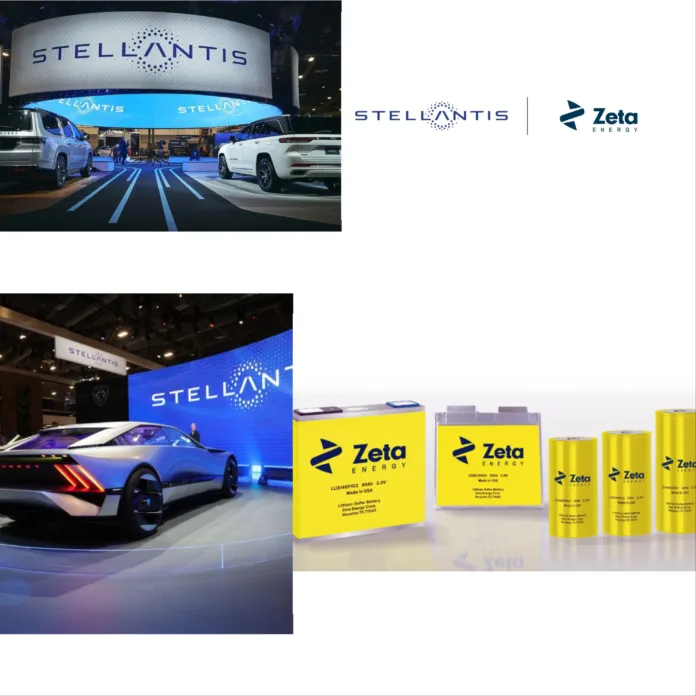Stellantis and Zeta Energy Join Forces for Game-Changing EV Batteries!
In a groundbreaking move for the electric vehicle (EV) industry, Stellantis N.V. and Zeta Energy Corp. have announced a strategic partnership to develop next-generation lithium-sulfur batteries. This collaboration aims to enhance EV performance, reduce costs, and minimize environmental impact, marking a significant step forward in battery technology. Following the news, Stellantis shares surged to $14.03, reflecting a 2.8% increase, as investors responded positively to the potential of this innovative partnership.
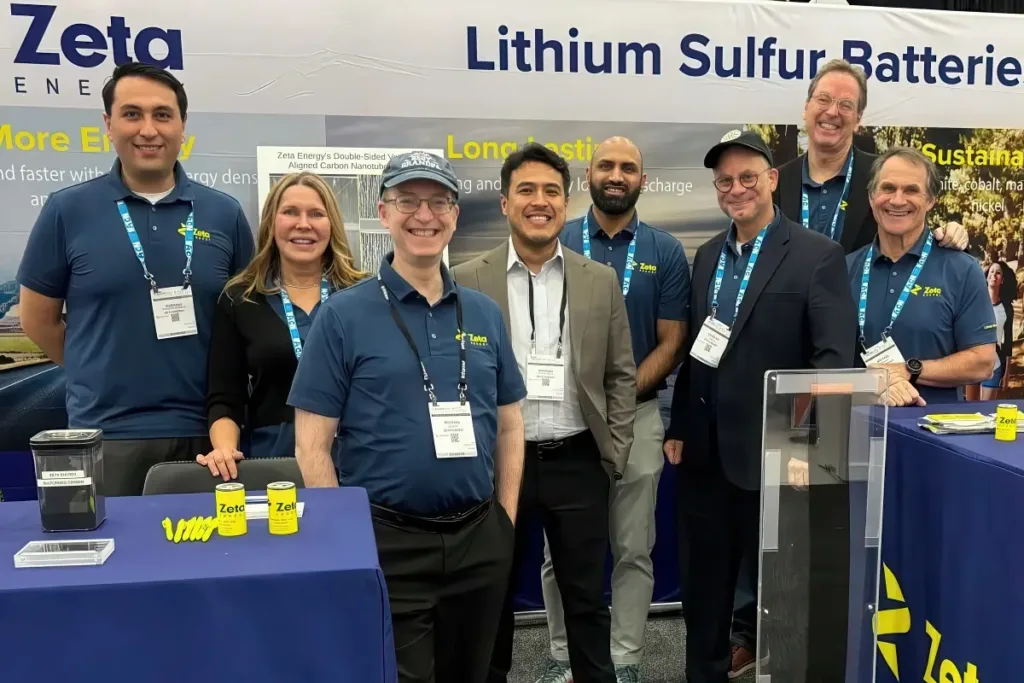
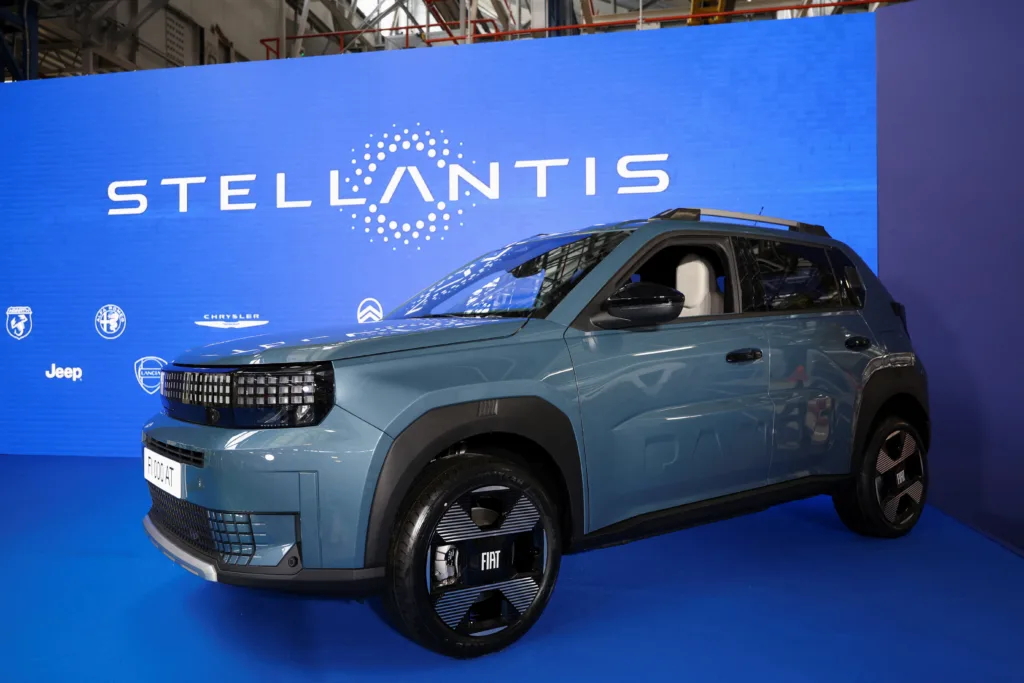
Contents
Stellantis and Zeta Energy Join Forces: The Promise of Lithium-Sulfur Batteries
The new lithium-sulfur battery technology is set to revolutionize the EV landscape by addressing some of the most pressing challenges faced by current battery systems. Here’s what makes this collaboration noteworthy:
1. Reduced Weight and Improved Range
One of the standout features of lithium-sulfur batteries is their potential to significantly reduce battery weight while maintaining the same energy output as traditional lithium-ion batteries. This reduction in weight can lead to improved handling and extended driving ranges for electric vehicles, making them more appealing to consumers.
2. Cost Efficiency
Stellantis and Zeta Energy aim to cut battery production costs by over 50% per kilowatt-hour compared to existing lithium-ion technologies. This dramatic reduction in costs could make electric vehicles more affordable for a broader audience, accelerating the transition to sustainable transportation.
3. Environmental Sustainability
The partnership emphasizes sustainable manufacturing practices. By utilizing waste products and methane in the production process, Stellantis and Zeta Energy aim to lower CO2 emissions associated with battery manufacturing. Additionally, the lithium-sulfur batteries will eliminate the need for cobalt, nickel, manganese, and graphite, simplifying supply chains and reducing material shortages.

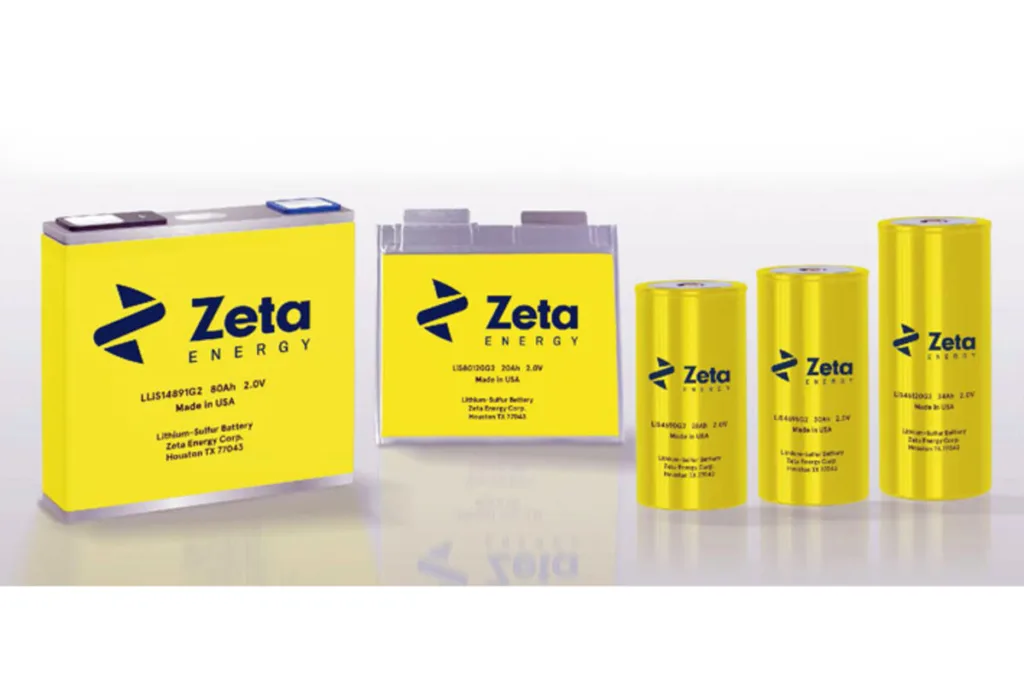
Strategic Goals and Future Plans
Stellantis is committed to achieving carbon neutrality by 2038, and the development of lithium-sulfur batteries is a crucial part of this strategy. Ned Curic, Stellantis’ Chief Engineering and Technology Officer, highlighted the importance of this collaboration in enhancing both the affordability and performance of electric vehicles.
Key Objectives of the Partnership
- Pre-Production Development: The project includes plans for pre-production development and commercial production, with an expected release of the new batteries by 2030.
- Integration into EV Range: These advanced batteries will be incorporated into Stellantis’ EV lineup as part of the company’s Dare Forward 2030 plan, which aims to offer around 75 different battery electric vehicles globally.
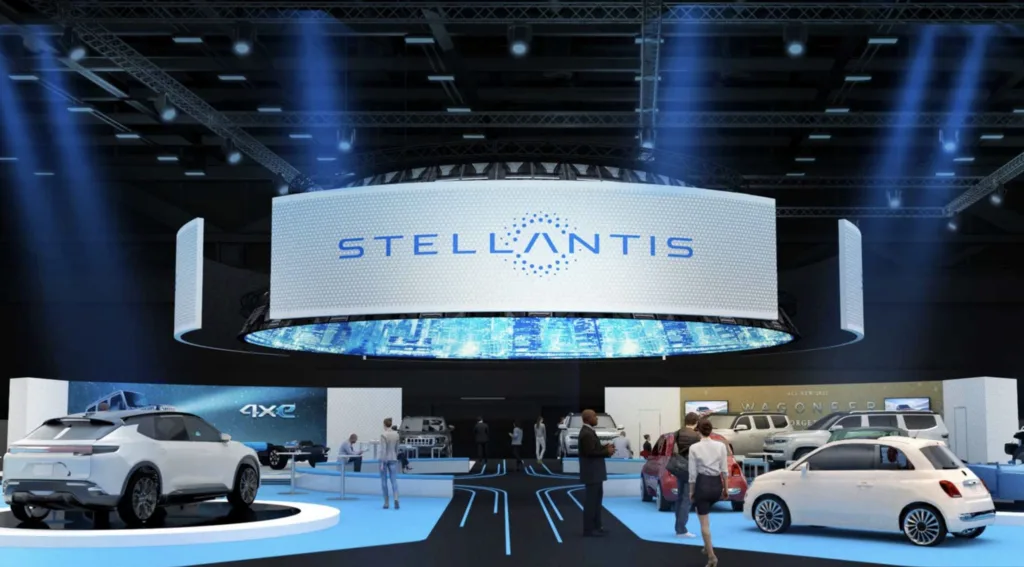
Innovative Technology
Zeta Energy’s lithium-sulfur batteries leverage patented technologies, including unique sulfurized carbon cathodes and 3D metallic lithium anodes. These innovations are designed to be compatible with existing gigafactory infrastructure, minimizing the need for extensive new investments.
A Vision for the Future
The collaboration between Stellantis and Zeta Energy represents a significant leap forward in the quest for sustainable and efficient electric vehicle technology. By focusing on dual-chemistry solutions and cutting-edge innovations, Stellantis aims to meet the diverse needs of its customers while achieving long-term environmental goals.
As the demand for electric vehicles continues to rise, this partnership could play a pivotal role in shaping the future of the automotive industry. With the promise of lighter, more affordable, and environmentally friendly batteries, Stellantis and Zeta Energy are poised to lead the charge toward a greener future.

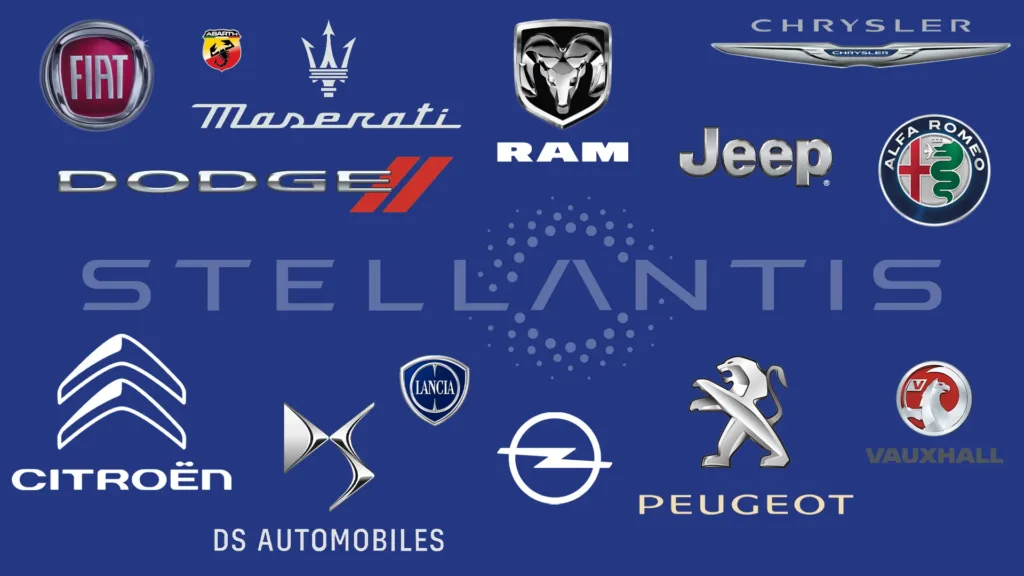
A New Era for Electric Vehicles
The partnership between Stellantis and Zeta Energy is not just about developing new battery technology; it’s about transforming the entire EV landscape. With a focus on performance, cost reduction, and sustainability, this collaboration could redefine what consumers expect from electric vehicles.
As we look ahead to the anticipated release of lithium-sulfur batteries by 2030, the automotive world watches closely, eager to see how this innovative technology will impact the future of electric mobility.


